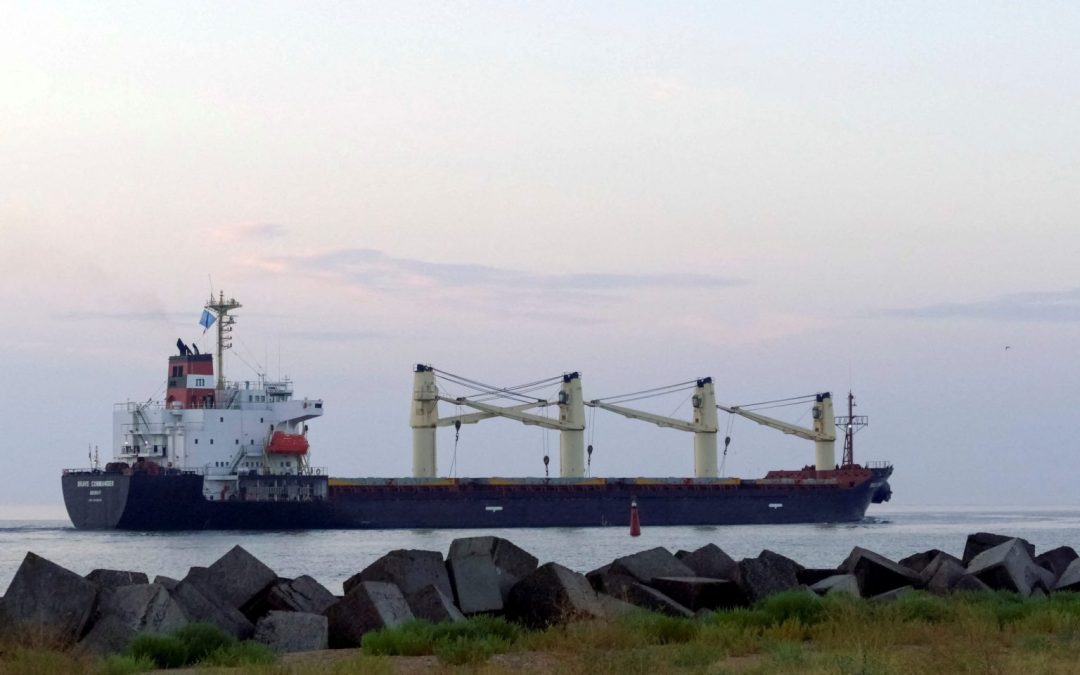Freight rates for Suezmax voyages loading in the Caspian Pipeline Consortium and discharging in the Mediterranean dropped substantially on the day to July 17, with sources pointing to lower projected cargo inquiry levels for August, a build-up of tonnage in the region and pressure from softness in adjacent markets.
Platts, part of S&P Global Commodity Insights, assessed freight on the 135,000 mt CPC-Med route, exclusive of EU Emissions Trading Scheme charges, at w105.25 — down w10 on the day.
Despite a significant drop in the key West Africa-UK/Continent Suezmax market at the start of July, CPC-Med Suezmax rates had held reasonably steady in recent weeks. During the morning and early afternoon of July 17, shipbrokers had been calling the CPC-Med market within a w115-120 range — broadly in line with where rates had stood in June and the first half of July.
However, later in the afternoon, market participants rapidly revised their ideas downwards, amid reports of a fixture settled at w105, inclusive of EU ETS charges, for a 135,000 mt cargo loading in CPC and discharging in UKC/Mediterranean, off an Aug. 1-4 laycan.
Volumes fall
Sources attributed this abrupt downward move to a softening of supply/demand fundamentals, both in the Black Sea region and in the West of Suez Suezmax market more generally.
“There hasn’t been that much volume out of the Black Sea recently, while all the surrounding markets have been moving down over the past few weeks, whereas the Black Sea had stayed resilient and not really dropped below w120 for CPC-Med,” a UK-based Suezmax broker said. “So, an abrupt move down was kind of due to match all the soft surrounding markets.”
August volumes for CPC Blend are set to be approximately 10% lower than they were in July, in part due to oil field maintenance at Tengiz, according to traders.
On the supply side, a second UK-based Suezmax broker pointed to a lengthening tonnage list for the early-August loading period. “It’s incredibly oversaturated for that window also, with six Sea of Marmara openers,” the broker said.
CPC Blend firms
This came at a time when the CPC Blend crude differential has reached a four-year high with a growing supply/demand imbalance providing a significant boost in value for the grade.
Platts assessed CPC Blend at a 22 cents/b discount to Dated Brent July 17, 61 cents/b higher on the day and the narrowest discount since June 2020.
Traders have pointed to a shorter August loading program and a lack of cheap alternative sweet grades as factors behind CPC Blend’s strengthening.
Source: Platts





